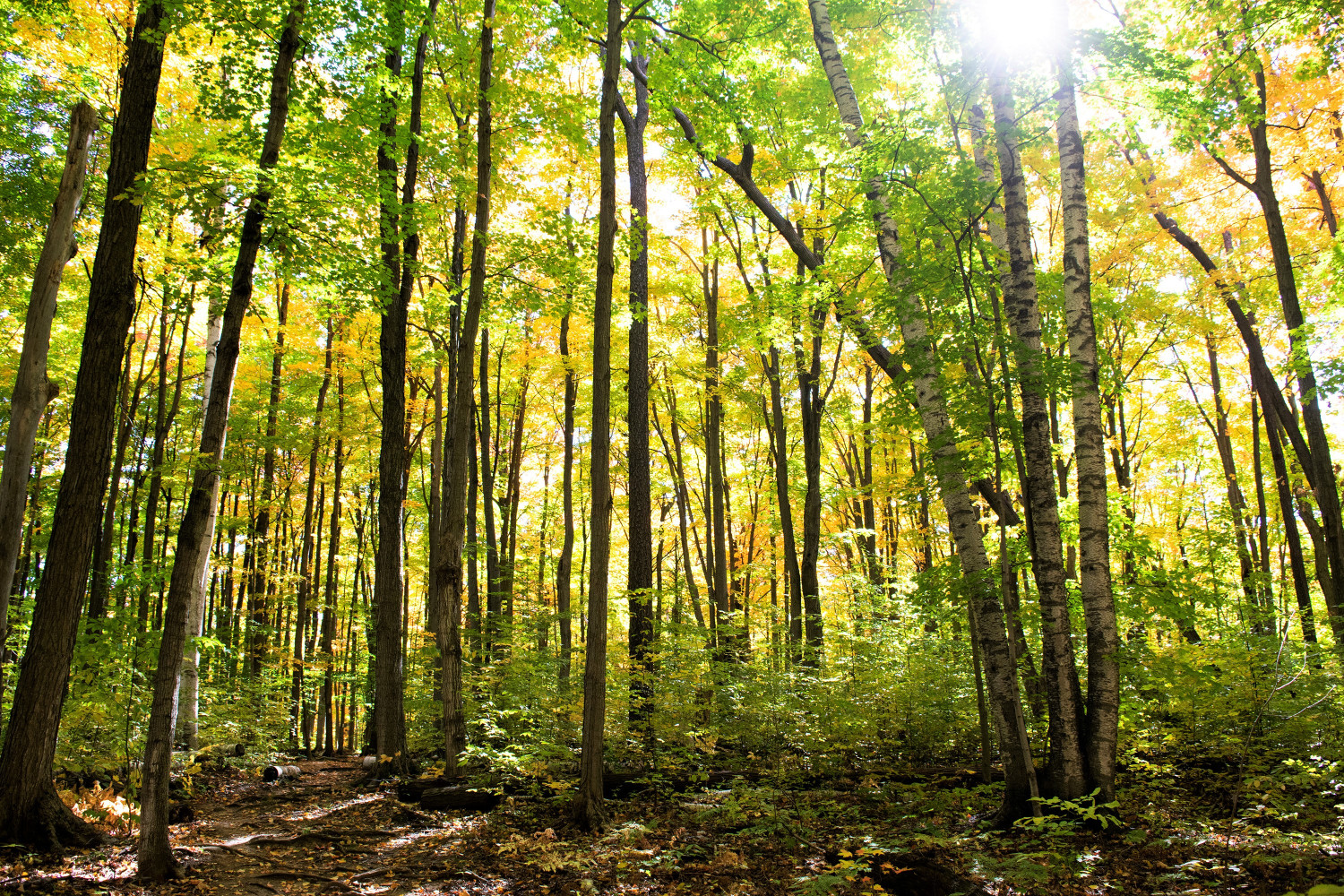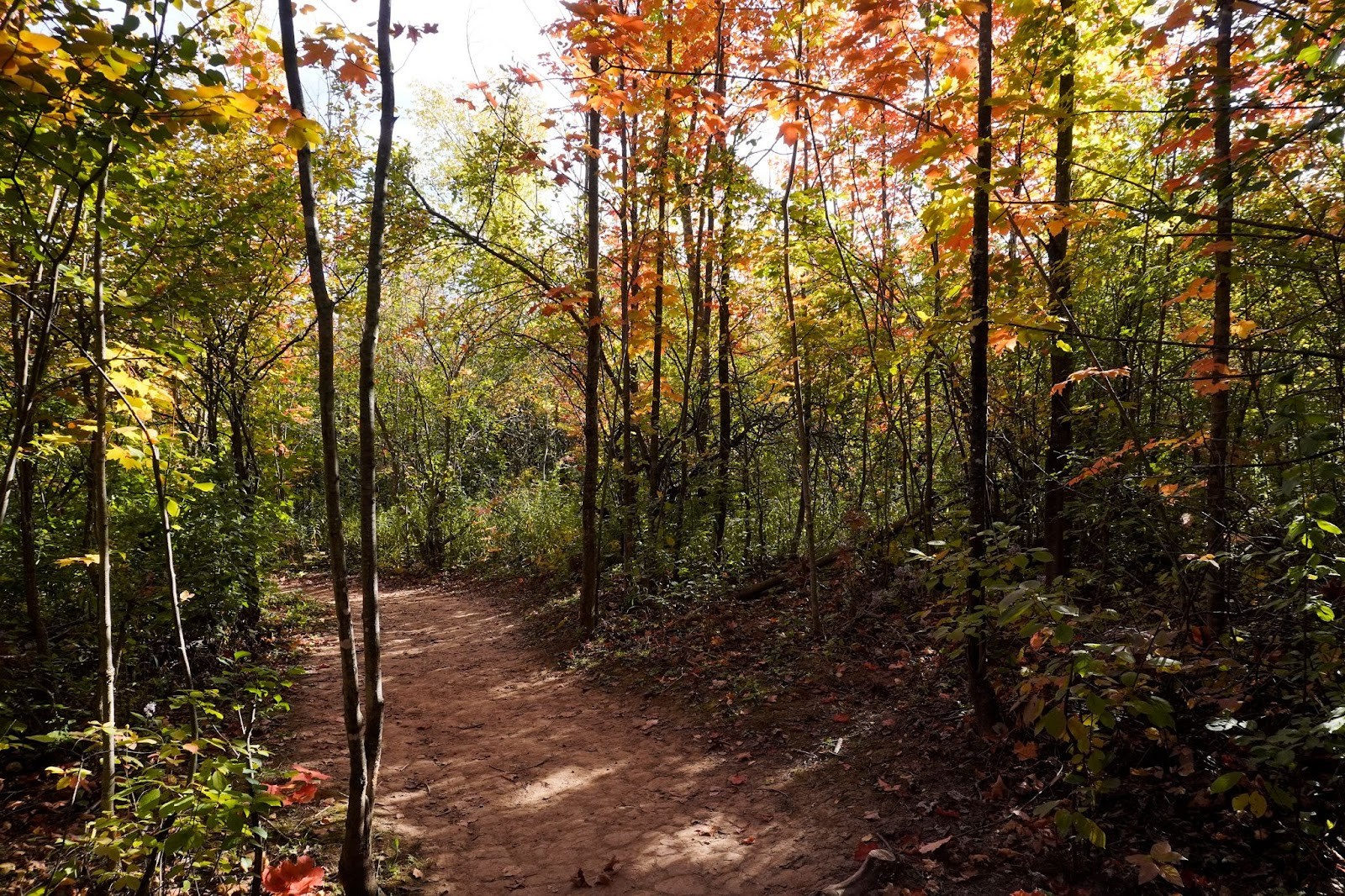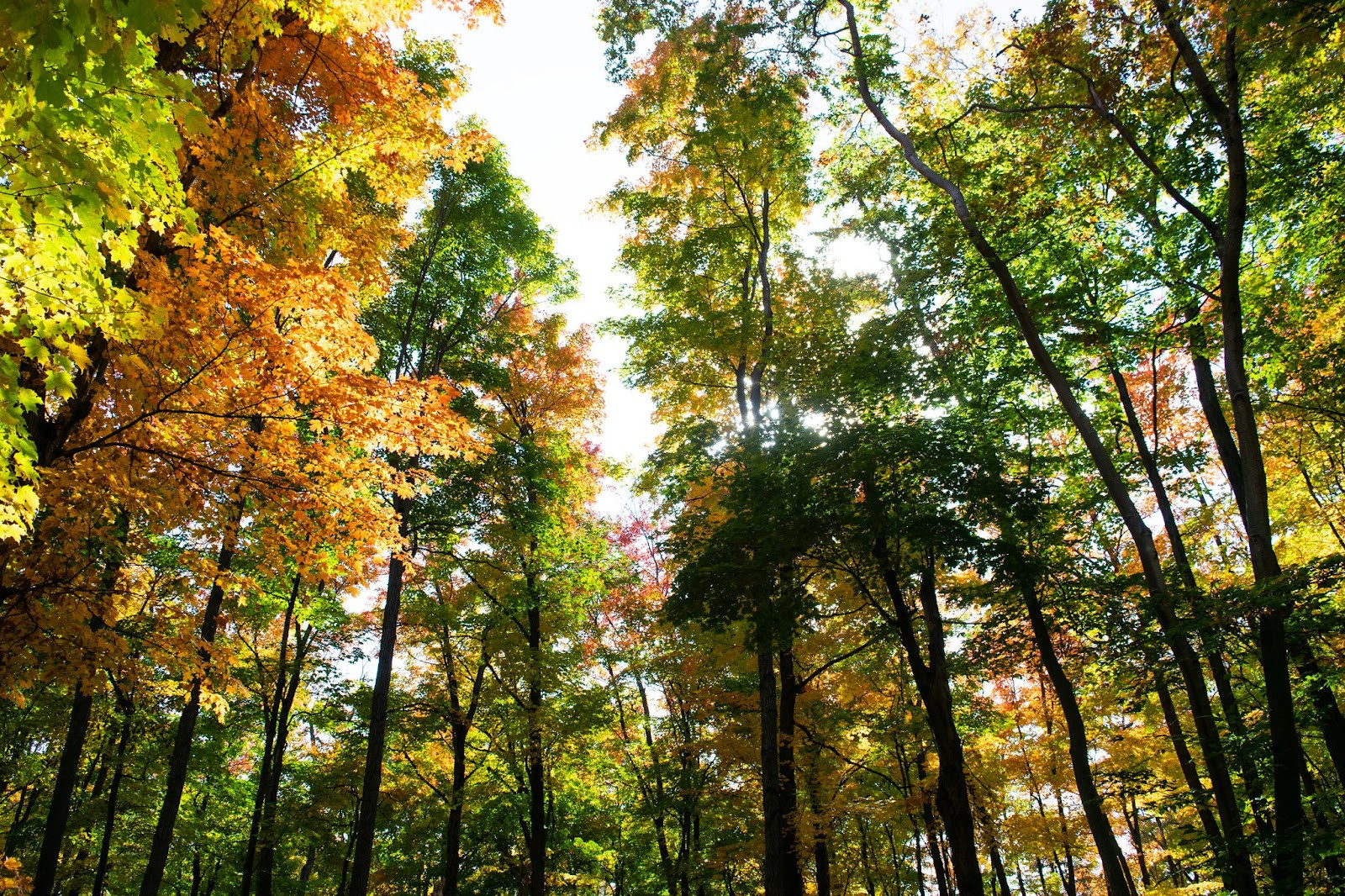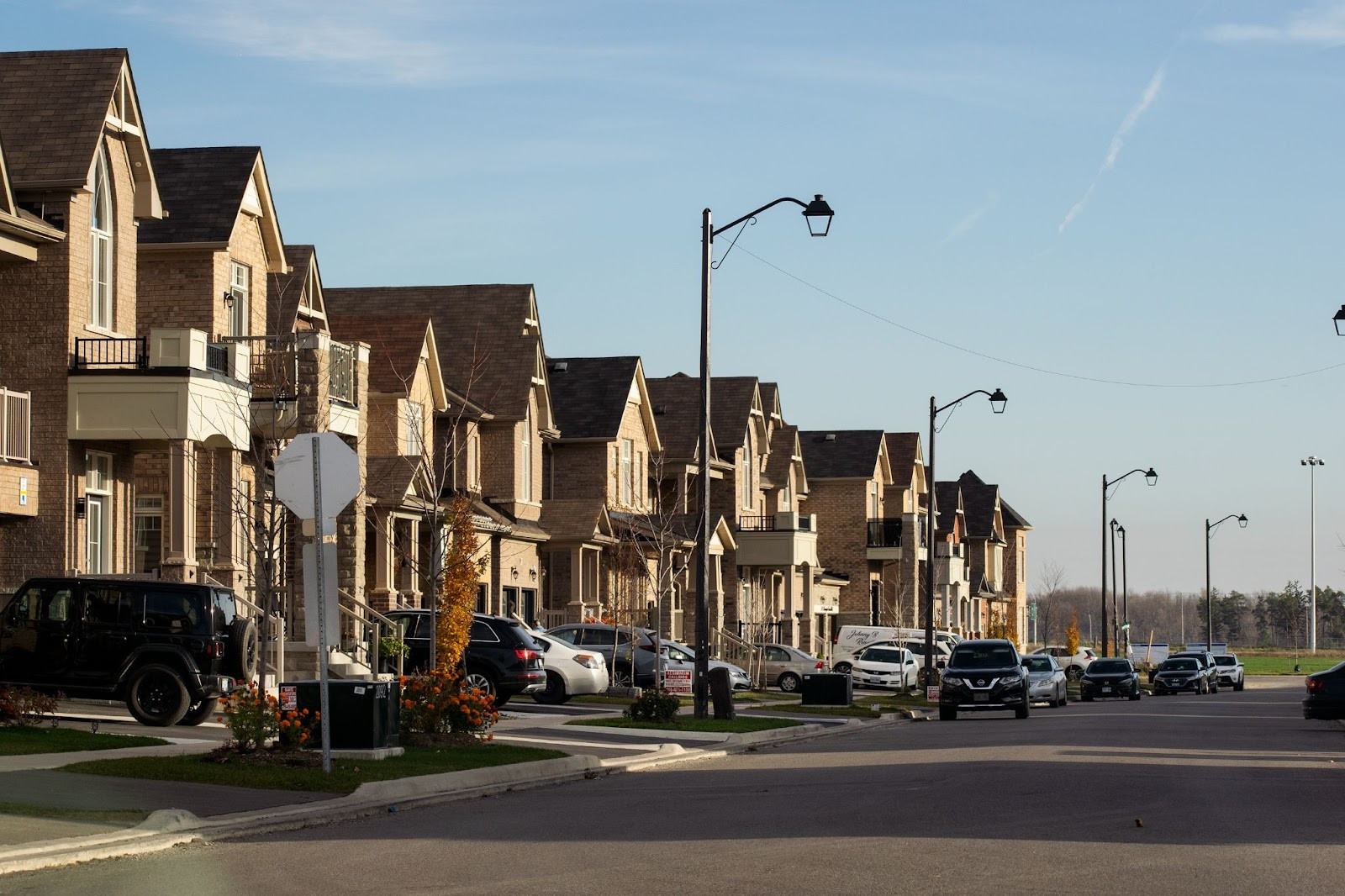
St. Catharines wants to plant 100K trees in 10 years—it’s just one way to combat climate change
“The simplest thing someone can do to combat climate change is plant a tree.”
Last year, St. Catharines Ward 3 (St. George’s) Councillor Kevin Townsend brought a motion requesting staff draft a work plan for how the City could plant 100,000 trees over the next 10 years.
Tree planting has become a magnet for municipalities and corporations looking to bolster their environmental reputations. But the reality is, while beneficial in the long run, other actions that are potentially more costly and controversial can slow climate change before we reach the tipping point.
According to municipal data, the City plants between 2,500 and 3,000 trees each year on boulevards and private residential properties through the biannual tree giveaway, which hands out 1,000 native species for residents to plant.
The question Townsend posed at Council is how the municipality could supercharge the effort from 2,500 trees annually to 10,000. The City is already working toward increasing its urban tree canopy to 30 percent of the total urban area within its borders by 2030 — the most recent mapping found the urban canopy covers between 23 and 24 percent, according to aerial photographs taken by Tree O Code Niagara.

An urban tree canopy is a measurement of all the tree leaves, branches and stems from both deciduous and coniferous trees on all publicly and privately owned property within an urban settlement area.
(Alexis Wright)
“The 100,000 over 10 years is an ambitious goal, but it is definitely one that is certainly achievable in our community,” Councillor Townsend said in the April 25, 2022 meeting when he brought the motion forward. “We have a role to play to combat climate change.”
It passed unanimously and generated discussion about the benefits trees provide, including the capture of greenhouse gasses, the regulation of urban surface heat in summer months and the reduction in stormwater runoff.
The City of St. Catharines has received accolades for its efforts to fight climate change. Earlier this month it was recognized with a Climate Action Award from the Water Environment Association of Ontario, which recognizes and acknowledges innovation in climate resilient infrastructure. A recent study from the University of Ottawa ranked 15 Climate Change Adaptation Plans from across the province. The one adopted by St Catharines was ranked third, ahead of communities like Toronto, Kitchener and Hamilton.
“These honours underscore the work the City and community is undertaking to prevent the worst of climate change,” Anthony Martuccio, the City’s Director of Engineering, Facilities and Environmental Services, said in a press release. “The work we’ve been doing has been focused around ensuring that the City and our infrastructure remain protected and safe in the face of changing weather patterns and climactic events.”
Despite green infrastructure being a key piece of this lauded climate action plan, and tree-planting recognized as crucial to improving the City’s urban tree canopy as outlined in its Urban Forestry Management Plan, the work plan on how to increase tree-planting efforts has yet to materialize.
The City told The Pointer in an email statement the report remains outstanding, but will be coming before council in the next couple months. City staff are still identifying a target date.

Trees not only provide benefits for the physical environment but can also provide mental benefits when people go out in nature.
(Alexis Wright)
Tree planting is widely perceived as a way to both mitigate climate change, with trees acting as a carbon sink, but also adapting to the effects of climate change by providing erosion and water control.
“Nature-based climate solutions – like planting trees – make the most of nature’s ability to combat climate change by absorbing and storing greenhouse gasses, regulating water levels, protecting shorelines from storm surges and erosion, and even cooling cities,” the Government of Canada website highlights.
It has poured billions of dollars into tree planting efforts.
In 2022, the federal government pledged to work with partnering organizations to plant two-billion trees over a 10-year period ending in 2031. The Liberals promised a $3.2 billion investment over this time frame to support provinces, territories, third party organizations and Indigenous groups in their efforts to plant trees. It claims this initiative will help exceed climate commitments made in the Paris Agreement and serve as a crucial stepping stone to achieving net zero by 2050.
The Canadian government is far from reaching its target. Despite a claim from Natural Resources Canada that it is “on track”, the government would need to plant 200-million trees per year to meet its target. This averages out to 548,000 trees per day — they cannot be planted in all seasons.
A recent report released by the Auditor General of Canada found that while Natural Resources Canada nearly met its first-year target of 30-million trees in 2021, it is “unlikely” it will be able to meet its long-term target of 2 billion trees “unless significant changes are made”. The report found in the first two years of the program, only 2.3 percent of the trees required to meet the goal were planted.

The federal government took a bold initiative to commit to planting two billion trees. Even if the nation was on track to meet the goal, the trees would not have the effect on carbon reduction that many assume.
(Alexis Wright)
“Natural Resources Canada did not have long-term project agreements in place with provinces and territories, which will be necessary to meet the program’s three main objectives—to capture carbon, enhance biodiversity, and support human well-being,” the report explains. “The department had also not determined how it would monitor planted trees over the long term, which means that it will not know whether these trees have survived or whether they are benefitting Canadians as intended.”
These failures by the Canadian government, and delays at the City of St. Catharines are somewhat inconsequential—the fact is, tree planting, loved and promoted by many politicians featured in photo ops bent over with a shovel in hand, is one of the least effective climate change mitigation strategies.

Brampton politicians from different levels of government including Patrick Brown gather for a photo op.
(City of Brampton)
A study published in 2021 by Nature United identified 24 “pathways” which, if fully implemented, could help Canada reduce its natural greenhouse gas emissions by 76 megatonnes — or 11 percent — by 2030. The study found only five percent of the mitigated GHG emissions identified come from restoration efforts like tree planting and wetland restoration projects. In contrast, simply leaving our greenspaces as is, can reduce emissions by 30 megatonnes — or 40 percent of the identified reductions.
The benefits of municipal tree planting efforts will be cancelled out by Doug Ford’s unprecedented plan to build 1.5 million homes by 2031 (about three times the historic rate), something the PCs are willing to do despite the destruction of tens of thousands of acres of greenspace and agricultural land. Critics argue this is not necessary, with more than enough space to build needed homes within existing urban areas.

In sprawling subdivisions, houses line streets often with only one tree on each property, if any.
(Alexis Wright)
Under Bill 23, the City of St. Catharines has a target of accommodating 11,000 homes by 2031. According to a study by the Michigan Institute of Technology (MIT), between 15 and 100 tonnes of CO2 equivalent are emitted by the construction of the average home. This means the construction of the new homes in St. Catharines mandated by the provincial government will emit between 165,000 and 1.1 million tonnes of CO2 equivalent between now and 2031 — and this does not include the carbon emitted from dismantling the natural landscape or the emissions from heating and cooling these homes, many of which will be larger single-family houses, instead of more dense multi-unit housing.
The average tree can absorb approximately 21 kilograms of CO2 per year, but only once it is fully grown. This is why the proverb “the best time to plant a tree was 20 years ago, the second best time is now”, still serves as a reminder today.
Over the course of a 100-year lifespan, the average tree will absorb about 1 tonne of CO2. Even if the City planted 100,000 fully-grown trees over the next ten years, they will only absorb 100,000 tonnes of CO2 in a century, significantly less than what will be emitted by the construction of 11,000 homes mandated under Bill 23.
On a global scale, humans create about 40-billion tonnes of CO2 equivalent per year. This means 40-billion trees would have to be planted each year to balance out these emissions, and this would only be achieved over a 100-year period if all of these trees lived to adulthood.
This is one of the problems associated with tree planting as a mitigation measure. For trees that are cut down before they reach maturity, they have become a greater carbon source than they were a sink.
Canada is the third most forested country in the world with 362 million hectares. However, our forests are becoming a net source of emissions due to forest fires and insect infestations. The Auditor General’s report found that in recent years, the natural disturbances of forests have released over 200 megatonnes of CO2 equivalent per year. While these sources are not accounted for in the national totals, if they were, it would have added an additional 26 percent.
It is not as simple as just planting a tree. In order for new tree lots to have optimal mitigation capabilities, the location where they are planted must be considered carefully. Reforestation is the process of planting trees where a forest once existed and the trees were cut down. In contrast, afforestation is the process of planting trees in an area where trees did not exist before. Poorly planned reforestation and afforestation efforts have the potential to cause environmental consequences that negate the benefits of tree planting.
For example, grasslands innately act as carbon sinks — they store more carbon than they release. But disturbing a grassland in order to plant trees will release the CO2 deposits from within the grasses leading to an increase in emissions greater than what the new trees will be able to offset.
The type of tree planted will also make a difference in its ability to act as an efficient carbon sink. Sometimes organizations and governments choose non-native species that are faster growing, thinking they will reach their full sequestration potential quicker. But planting too many non-native species in one area can lead to monocultures, which are less efficient at supporting life of other flora and fauna species. It can also usher the introduction of invasive species, like the emerald ash borer, which can harm trees and prevent them from reaching maturity.
According to the City of St. Catharines’ Climate Adaptation Plan, it ensures the trees given away as part of its biannual initiative are native to the area and can be planted right on a resident’s property.
The City of St. Catharines has been advancing its climate change efforts through a variety of other initiatives. A spokesperson for the City said some of the most notable efforts include decreasing energy use in municipal buildings and operations by 15 percent and greenhouse gas emissions across the municipality by 25 percent since 2011, reducing energy use for streetlights through LED retrofits leading to a 62 percent reduction in use, and introducing hybrid and fully electric vehicles to the City’s fleet.
In 2021, the City reported it had successfully surpassed its emissions reduction target for 2020 and achieved the target for 2030 — nine years ahead of schedule. At the same meeting, the City endorsed a recommendation to join the Race to Zero campaign, recommitting to its recognition of the climate emergency and the 1.5-degree limit set out in the Paris Agreement. Council adopted the target of net zero emissions by 2050.
The City commissioned a GHG inventory which determined about 6.4 tonnes of CO2 equivalent is produced per capita, which means the goal for 2030 has already been surpassed. The target that had originally been set for 2020 was 9.7 tonnes and the target for 2030 was 6.9 tonnes.
“This is also a recommendation from the Federation of Canadian Municipalities (FCM) when a municipality is overachieving their target to re-evaluate a more aggressive target for the community,” the staff report points out. “Re-evaluation of the targets will help ensure St. Catharines reduces its fair share of emission reductions to align with Federal commitments as well as a new proposed initiative, the Race to Zero.”
Email: [email protected]
Twitter: @rachelnadia_
At a time when vital public information is needed by everyone, The Pointer has taken down our paywall on all stories relating to the pandemic and those of public interest to ensure every resident of Brampton and Mississauga has access to the facts. For those who are able, we encourage you to consider a subscription. This will help us report on important public interest issues the community needs to know about now more than ever. You can register for a 30-day free trial HERE. Thereafter, The Pointer will charge $10 a month and you can cancel any time right on the website. Thank you
Submit a correction about this story


